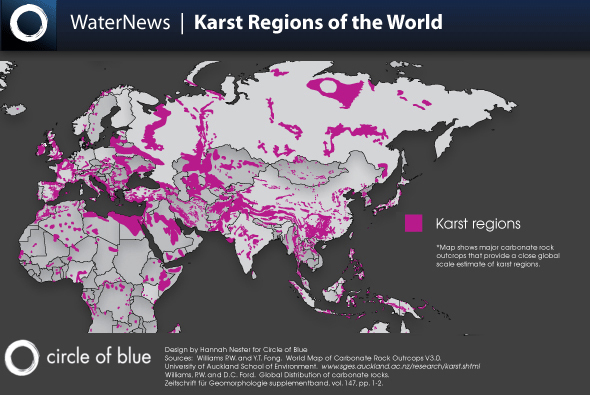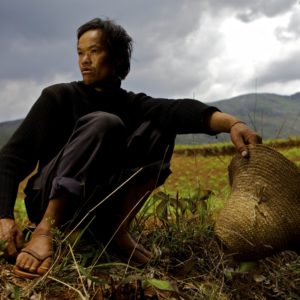World Karst Map
As they span significant areas of Asia, Europe and the Americas, karst landscapes cover some 15 percent of the Earth’s land mass. Scientists estimate that these areas of porous bedrock are home to as many as 1.5 billion people, a quarter of the global population.
Yunnan Province Geography
What are the conditions in Yunnan’s karst areas?
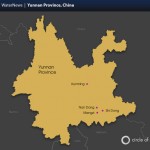 |
Yunnan Province Map: Comprising nearly 44 percent karst landscape, Yunnan Province is part of an extensive karst belt that stretches through eight provinces in southern China — from Guangxi and Hubei in the east to Guizhou, Sichuan, Yunnan and parts of Tibet in the west. To the millions living in the province, the erroding karst has caused water accessibility to be few and far between. See the Yunnan Province Map. |
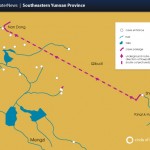 |
Close-up Yunnan China Map: The Yang Liu River disappears beneath the ground at Shi Dong, a rock cave in the southern part of China’s Yunnan Province, and emerges 20 miles farther north at the mouth of the Nan Dong cave. The Yang Liu is one of many waterways in Yunnan that carve their path underground through porous karst landscapes. The province in Southwest China contains almost 44 percent karst, causing water access problems to millions of people in the area. See the full-size Yunna, China Close-up Map. |
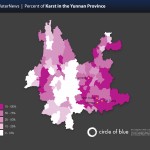 |
China’s Karst Landscape: A great swath of karst covers much of Yunnan Province’s eastern half. Here in the the East Mountain Plateau – located between Shi Dong and Nan Dong — water runs through porous bedrock to seep into deep and hidden caverns and channels underground. The province is part of an extensive karst belt that stretches through eight provinces in southern China. The karst areas shown on the map occur where soluble rock, primarily limestone, is exposed during the monsoon rainy seasons. See the full-scale Karst Bedrock Map in China. |
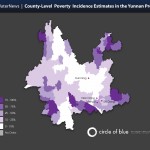 |
Yunnan Poverty Map Many of Yunnan’s poorest counties are located in the karst areas in the western and eastern parts of the province, although there are broad karst areas in east central Yunnan with little or no poverty. This is mainly due to the areas’ proximity to big cities such as Kunming and Yuxi, and to more economically developed tourist destinations like Shilin, Dali and Lijiang. In general, the counties with the highest density of poverty are in rural karst areas. See the Yunnan, China Poverty Map. |
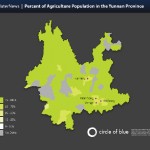 |
Yunnan Agriculture: Agricultural activities dominate most of Yunnan Province, including its karst areas. This is generally the case for much of Southwest China, though agricultural productivity in the region varies, especially during the winter dry season. Water access for irrigation is further limited in some of the region’s karst landscapes, where water runs through porous bedrock into deep and hidden channels underground. See the Yunnan, China Agriculture Map. |
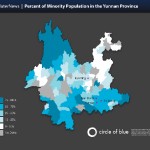 |
Yunnan Minority Map: With more than 20 ethnic minority nationalities represented, Yunnan is among China’s most ethnically diverse areas. While many of its rural karst regions are home to minorities, the overall distribution of ethnic groups in the province has also evolved in response to a long history of broader and more complex cultural and political interactions. See the Yunnan, China Minority Map. |
Infographics by Hannah Nester for Circle of Blue. See the full-size World Karst Regions Map.

